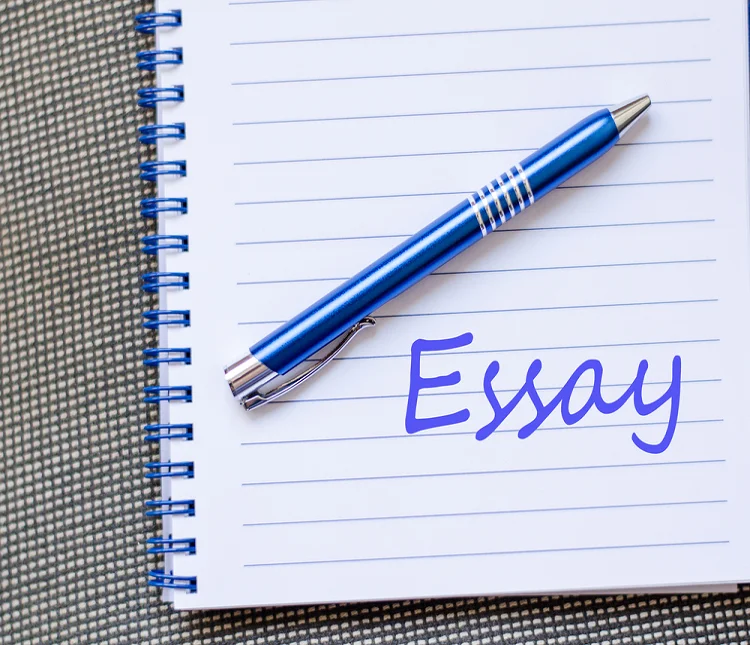
What are Persuasive Essay Tips and techniques for writing it? To write a persuasive essay, students should familiarize themselves with several basic elements. These include Arguments, Repetition, and Logic. However, they should also pay attention to the topic, since there are many different ways to approach this type of writing. Depending on the task, they may also want to write on a polemic issue. To help students improve their writing skills, here are some tips and techniques to use while writing a persuasive essay:
A repetition is a powerful tool in writing a persuasive essay
A repetition is a powerful tool in writing a persuasive essay. When used properly, it can reinforce a point and help the reader remember it. It is important to know when to use it and how to do it properly. Overusing repetition is counterproductive and can come off as contradictory. To successfully use repetition, you must have a deep understanding of your topic and be able to perfectly time it.
Repetition is a literary device used to make a point. It involves repeating the same word, phrase, or idea for a specific effect. It works best if the repetitions are close in proximity and are used sparingly. Repetition can also help bring clarity to an idea, making it more memorable. It is also an effective technique in convincing audiences to make a purchase. Whether it is an advertisement or a persuasive essay, repetition helps you make your point.
Logic
In a persuasive essay, you should use logical reasoning to make your point. Logic is a system of analysis used to prove a claim and test propositions against each other. Many people think they use logic when they avoid emotion and make common-sense arguments. While unemotional statements are logical in many cases, they are not always true. Logic requires that statements be tested within a logical order.
As you read through an argument, look for the following signs: faulty logic. Biased language can undermine a person’s position, identity, or argument. For example, if you say that a person should be honoured, then you’re using biased language. Biased language can also make a person think negatively about a group of people. The term “kid” is often used to mean a child between the age of infancy and adulthood. The use of biased language in a persuasive essay may reveal that the speaker believes that students are not adults and is therefore not valid.
Arguments
The body of a persuasive essay should contain arguments to support the writer’s point of view. They should be backed up with examples drawn from literature and real life. They should also be easy to follow and should be relevant to the audience. The essay should end with a conclusion, summarizing the arguments and providing recommendations for the future. It should follow the four-paragraph structure. Arguments in a persuasive essay are also necessary to convince a reader to agree with your viewpoint.
Polemic issue
You might want to try writing an essay on a controversial issue that is causing a lot of debate. One such issue is the minimum wage. Once upon a time, it seemed like a ridiculous idea. Today, however, the minimum wage is a reality. This issue relates to economics and therefore, it makes sense to take a side. In this way, you can stake out your position in the legislature and influence public policy.
Hooking the reader’s attention in a persuasive essay
One of the most effective hooks in a persuasive essay is a powerful quote. You can use a powerful quote to grab the attention of the reader and make them want to read the rest of the essay. The hook must be relevant to the topic and get the reader’s mind in the right place. If a quote does not do that, you should try a different type of hook. A mindset quote is a powerful hook because it speaks to the larger truths and makes the reader feel what you want them to feel.
The hook is the first statement in a persuasive essay. It is a brief statement that grabs the reader’s attention. It can be a question, quote, statistic, or anecdote. It should be related to the topic of the paper. For example, a question hook will help the reader picture what you’re talking about and will draw them into your argument.
Author Bio
Ellie Cross is a research-based content writer, who works for Cognizantt, a globally recognised wordpress development agency uk and Research Prospect, a Tjenester til at skrive afhandlinger og essays. Ellie Cross holds a PhD degree in mass communication. He loves to express his views on a range of issues including education, technology, and more.


